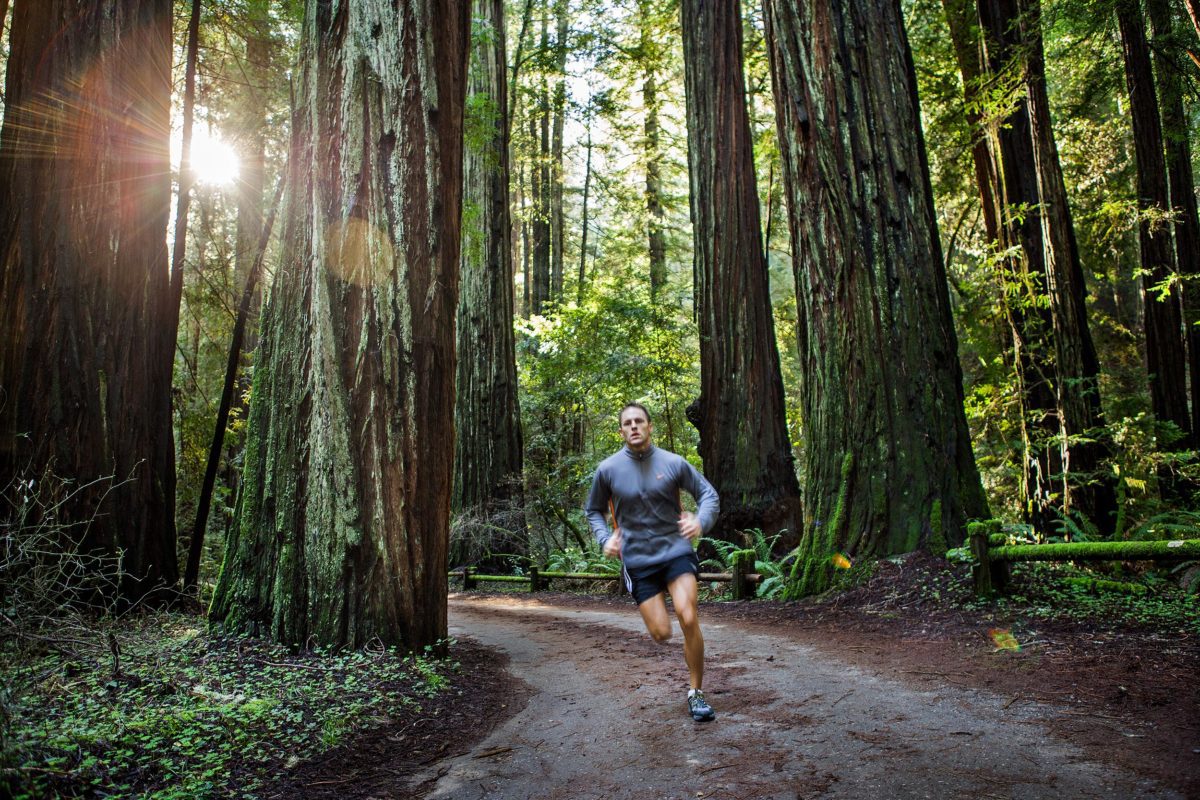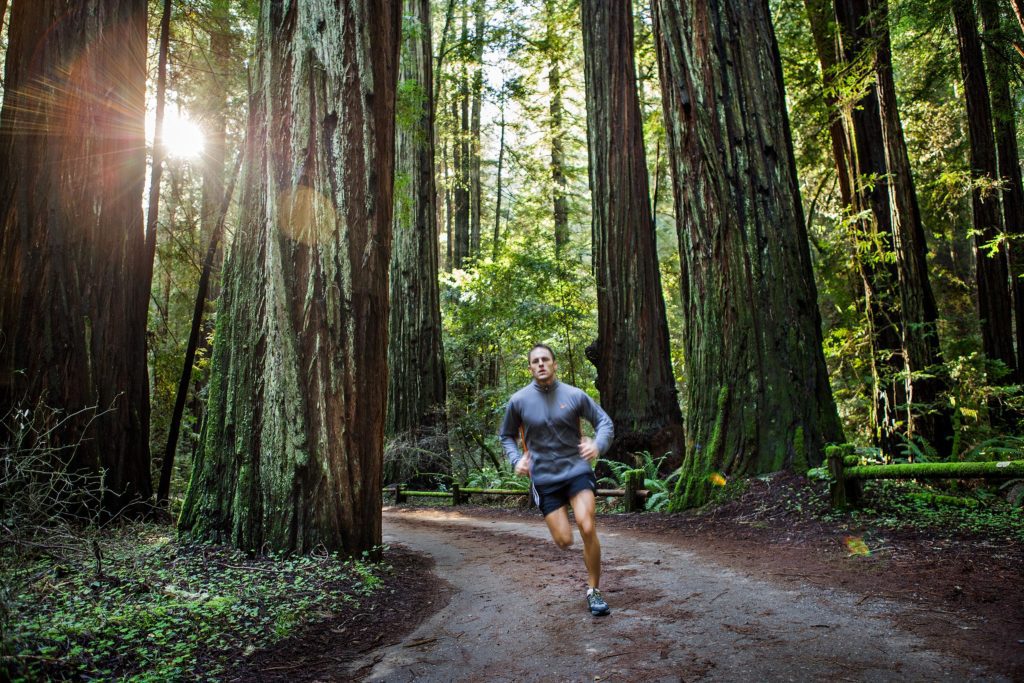Summer workout and training tips from club coach Kevin Smith
Smith is a GTA-based coach and top masters runner with over a decade of experience. He gives some tips and suggestions for planning and executing a successful summer workout


Kevin Smith has been coaching recreational athletes for over a decade. His Toronto-based group Marathon Dynamics includes more than 150 runners. In his time as a competitive runner (and now a top master) and coach in southwestern Ontario, Smith has learned a thing or two about training through the sweltering heat and humidity of summer.
We spoke to Smith and asked him what tips and techniques he uses in helping his athletes get their training in despite less than ideal conditions.
“When it comes to your usual ‘bread and butter’ runs, recovery runs and even easy long runs, the best advice is to simply slow down and adjust your paces to meet the conditions,” says Smith. He has even come up with a convenient training tool to help arunners adapt their training for adversely hot (or cold) conditions.
RELATED: Make these pace-specific adjustments to cope with hot conditions
“When doing intervals and hard repeats, keep the run bouts shorter,” says Smith, “and provide breaks to allow time for a mental and physical reset.” He recommends using a small towel for manual wipe downs–of the head, neck, face and shoulders–to facilitate evaporative cooling. This is especially relevant when the temperature rises above 30C. Smith also advocates breaking longer tempo runs into 10-minute segments (or even shorter such as running one mile at a time) with short recovery breaks of one-to-two minutes max.
Since most of the hottest weather happens from mid-July to late-August, many distance runners should consider adding hill-based intensity training into their overall program to improve functional running strength. Hill running he says is a safe gateway to true speedwork–short and fast repeats and intervals–and as such, are a great workout to do when it’s “stupid hot” outside.
“Hill repetitions of 100m to 400m in length at grades of approximately four-to-eight percent incline where the run bout duration is kept to approximately two minutes at most, and the recovery time is at least twice that, work marvelously.” Another option he presents is a hilly tempo run, done in a forest or other covered area where the shade and proximity to plants/trees greatly reduce both the actual and perceived severity of the heat.
And if hills are not an option, Smith suggests trying a “1 Mile Pacework Ladder” whereby you run 200m-400m-800m-1K-800m-400m-200m at a very hard effort (faster than 5K race pace and as fast as one-mile pace) with approximately one-and-a-half times the rest following each interval. This provides almost 4K of extremely high-quality speedwork and the efforts are short enough to avoid feeling the worst effects of the heat. For many novice and intermediate runners, a single set is plenty, while higher mileage and more experienced/competitive runners might add another half or full set.


